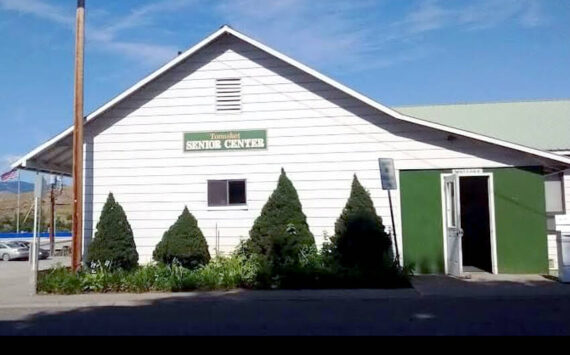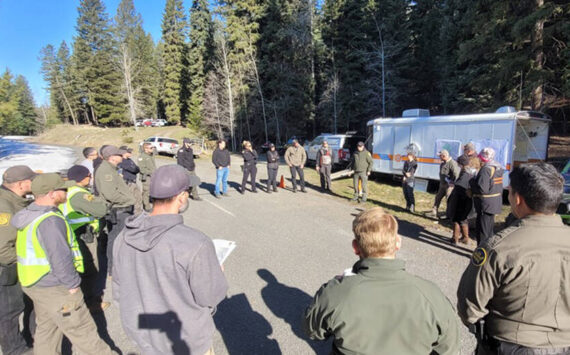District seeks additional funding for space, staffing
TONASKET – The Tonasket School Board worked toward a final decision on what it will present to the community in terms of its funding needs for the immediate future at its Monday, Nov. 11, meeting.
The bi-annual maintenance and operations levy is up for renewal, while the board has also been considering whether to run a capital levy or a bond for needed facilities work. The bond used for construction of the current buildings will be retired in December.
“There’s no decision quite yet, but we’re pretty much headed toward running a bond for $6 million and a $1.64 million M&O levy for staffing,” said Superintendent Paul Turner in an interview several days after the meeting. “We’re still talking with the staff to make sure their needs and concerns have been accounted for. But that is where we’re leaning.”
There are several factors playing into the district’s needs.
First, the district has been operating with a shortened school day since the 1990s. The current school day gives students 1,000 hours of contact time with teachers, which does meet the state minimum – though not for long. The district has been trying, particularly for the last two years, to return to a full school day that will result in 1,080 hours. The state legislature, in 2011, ruled that the 1,080 hour year would be a requirement as of 2014-15, though many districts, Turner said, hadn’t taken note of that until last spring.
“The increase to 1,080 hours was going to force our hand a bit,” he said. “Fortunately it’s something we’ve been working toward anyway.”
Secondly, expanding enrollment at the elementary school (which will eventually hit the middle and high schools). The board has also been looking at creating more flexibility to serve both college-bound students and those seeking to enter a career field immediately after high school.
The proposed M&O levy includes $640,000 dedicated to hiring new staff that will be required in order to manage the scheduling requirements of the lengthened school day.
The bond (or capital levy) would provide funding for additional space in all three schools, replace the alternative school building, and upgrade portions of the athletic facilities (football concessions, baseball/softball/soccer complex).
“What it boils down to is that we need staffing and facilities to extend the day, and we need to have space in order for the kids to learn what they need to,” Turner said. “The elementary is bursting at the seams, and expansion in the middle school will affect the high school, which will need more space as well.
“We want to be able to prepare kids for college but for career opportunities if that’s the direction they choose to go. In the big picture, we’re trying to be flexible.”
One example of a program with room to expand is the agriculture science/FFA program. Discussions of adding a second ag instructor (and more shop space) have occurred at several points throughout the year; the highly decorated program, which recently brought home a national runner-up finish, has far more students wanting to participate than one ag teacher can accommodate.
The M&O levy, which will replace the existing, expiring levy, requires a 50 percent vote to pass. A bond would require a 60 percent vote, if the board approves it; a capital levy would only require 50 percent but would be far more complicated to implement.
“I think it’s a good time to do this for a number of reasons,” Turner said. “For one, the bond that financed the building is expiring. Our goal with the bond and the levy is to keep the level of taxation close the same as what it has been.”
The school board next meets on Monday, Nov. 25, at 7:00 p.m.




